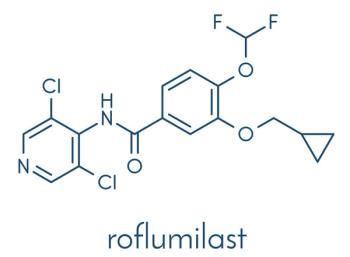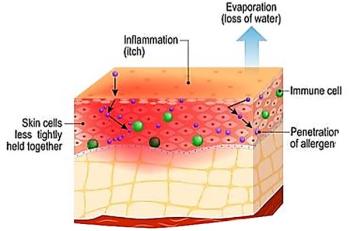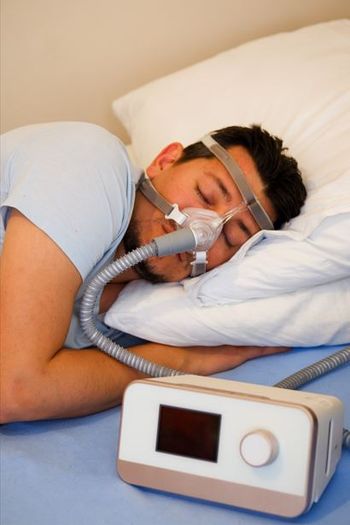
Atogepant Found More Effective for Migraine Prevention vs Rimegepant in New Analysis
Atogepant was associated with fewer monthly migraine days, fewer acute medication use days, and greater QoL compared with rimegepant after 12 weeks.
Treatment with
The mechanism of action for the 2 gepants, oral small molecule calcitonin gene-related peptide receptor (CGRP) agonists, is similar, according to the study authors. They have similar indications as well, both as preventive therapy, atogepant to prevent episodic migraine (EM) and chronic migraine and rimegepant to prevent EM and also to treat acute migraine headache. However, no head-to-head studies have been conducted to compare their relative efficacy, safety, and tolerability. Comparative evaluations of preventive migraine treatments can “help inform clinical decision making for managing migraine in practice,” Cristina Tassorelli, MD, PhD, a professor of neurology in the department of brain and behavioral sciences at the University of Pavia in Italy, and colleagues wrote.
In lieu of a clinical trial, Tassorelli and colleagues used an anchored matching-adjusted indirect comparison (MAIC) analysis based on phase 3 trial data for both drugs to compare the relative efficacy, impact on quality of life (QoL), safety, and tolerability of atogepant vs rimegepant for preventive treatment of EM. MAIC analysis is an established mechanism for comparing results from studies that have used different methodologies.
For the analysis, they pooled data from a pair of phase 3 atogepant trials (ADVANCE and PROGRESS) and one phase 2/3 rimegepant trial.
Among the study participants receiving once daily atogepant 60 mg, there were 252 participants included in efficacy analysis and 259 in the analysis for safety and tolerability, according to the study. Among rimegepant participants, treated every other day, 348 were included for the efficacy analysis and 370 for safety and tolerability.
The primary efficacy assessment was change in MMD from week 1 to week 12 for all 3 trials. Secondary assessments of interest included reduction in acute MUD as well as quality-of-life based on answers to the Migraine-Specific QoL questionnaire (MSQ v 2.1) for the same interval. Safety and tolerability outcomes, eg, treatment emergent adverse events and study discontinuation were evaluated across the 12-week treatment period.
FINDINGS
Tassorelli and colleagues reported that daily atogepant 60 mg demonstrated a significantly greater reduction in mean MMDs across weeks 1–12 (MD [95% CI]: −1.65 [−2.49 to −0.81]; P <.001) and weeks 9–12 (MD [95% CI]: −1.50 [−2.55 to −0.43]; P < .01) compared with rimegepant 75 mg once every other day. Atogepant also was associated with greater reduction in acute MUDs compared with rimegepant across weeks 1 to 12 (95% CI, -2.08 [-3.00 to -1.16]; P <.001) as well as weeks 9 to 12 (-1.79 [-2.78 to -0.78]; P =.005). according to the results.
The comparative analysis of QoL measures found a significantly higher MSQv2.1 RFR score among participants treated with atogepant 60 mg compared with rimegepant-treated participants at week 12 (95% CI, 7.36 [1.8 to 12.82]; P <.01).
The researchers noted that safety and tolerability profiles were comparable between the drugs.
In addition to mounting head-to-head trials, “future research comparing preventive migraine treatments would benefit from including analyses that identify participant characteristics that are associated with symptomatic improvement to one treatment option over another,” Tassorelli and colleagues concluded.
Source: Tassorelli C, Onishchenko K, Halker Singh RB, et al. Comparative efficacy, quality of life, safety, and tolerability of atogepant and rimegepant in migraine prevention: A matching-adjusted indirect comparison analysis. Cephalalgia. 2024;44(2). doi:10.1177/03331024241235156
Newsletter
Enhance your clinical practice with the Patient Care newsletter, offering the latest evidence-based guidelines, diagnostic insights, and treatment strategies for primary care physicians.
























































































































































































































































































